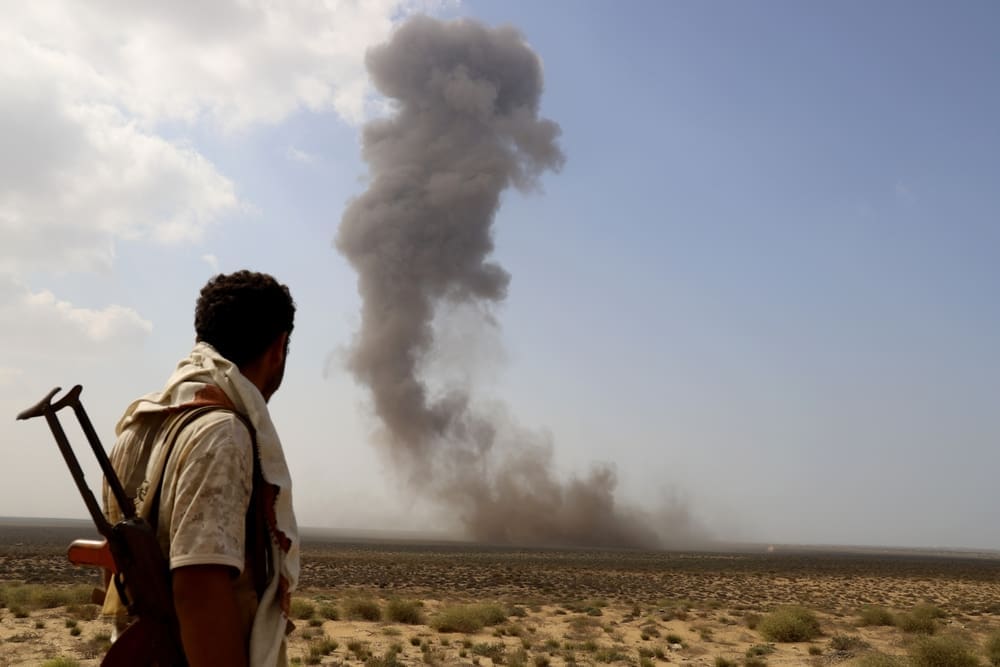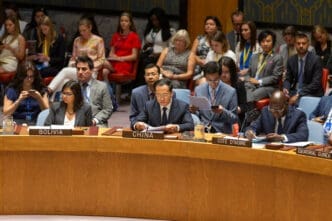Washington, D.C. – President Donald Trump's commitment to establishing himself as a "peacemaker and unifier" faces significant challenges as international conflicts ramp up during his second term. Despite his ambitious promises made during his January inaugural address, where he vowed to halt global wars and foster worldwide unity, recent events have highlighted a stark contrast between his aspirations and unfolding realities.
In recent developments, the escalating conflict between Israel and Iran underscores the complexities President Trump faces. Following a series of Israeli airstrikes on Tehran, tensions have intensified, contradicting President Trump's prior urging to Israel to refrain from such actions. Interestingly, despite Secretary of State Marco Rubio's clarification that the U.S. was uninvolved in these strikes, President Trump acknowledged his prior knowledge and warned of potentially harsher future attacks.
The discord in the Middle East is compounded by the collapse of the Gaza ceasefire previously brokered by Trump’s administration. Israel's resumed bombardments and blockade have resulted in a significant humanitarian crisis, with death tolls exceeding 55,000.
Meanwhile, the situation in Ukraine deteriorates as Russian forces advance, undermining President Trump's earlier claims of swift conflict resolution. The anticipated peace between India and Pakistan also remains elusive, with New Delhi leaders rejecting Trump’s purported diplomatic efforts.
Adding to the foreign policy tumult are Defense Secretary Pete Hegseth's comments about possible military plans involving Greenland and Panama, which raises questions about how such strategies align with peacemaking.
Despite President Trump’s claims that military interventions, like the recent Israeli strikes on Iran, could catalyze negotiations, skepticism abounds. Analysts argue that such actions might instead harden Iran's resolve rather than entice them back to the negotiation table.
Ultimately, President Trump’s promise of peacemaking contrasts sharply with the realities of managing multiple exacerbating conflicts. His vision of peace, characterized by distancing the U.S. from direct engagement, faces critical tests as global tensions rise. Whether his strategic approach ultimately fosters peace or further discord remains contingent on the evolving geopolitical dynamics and responses from involved nations.







